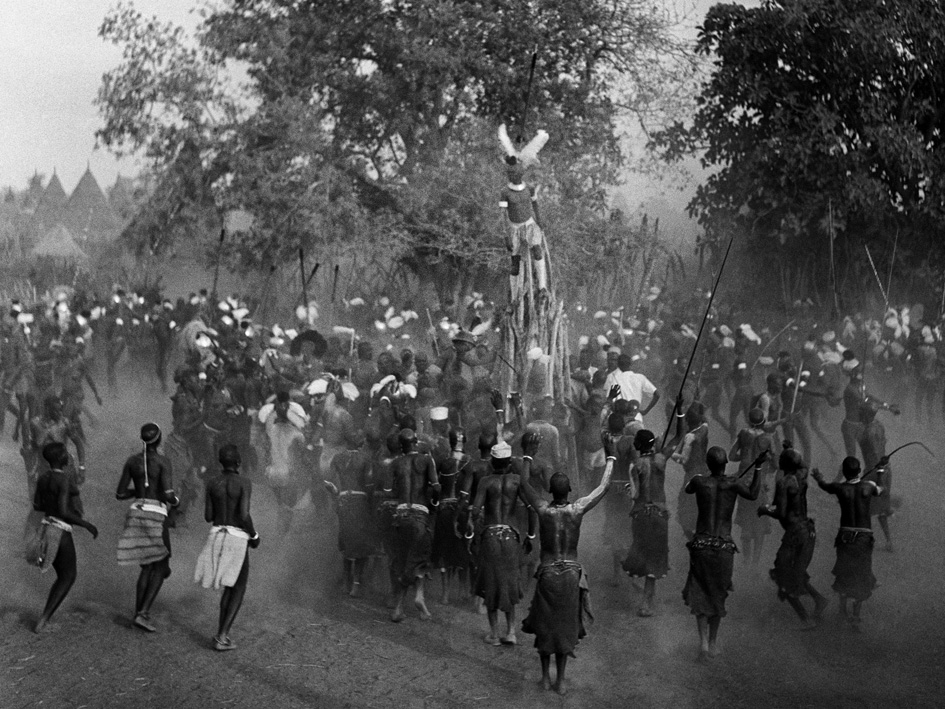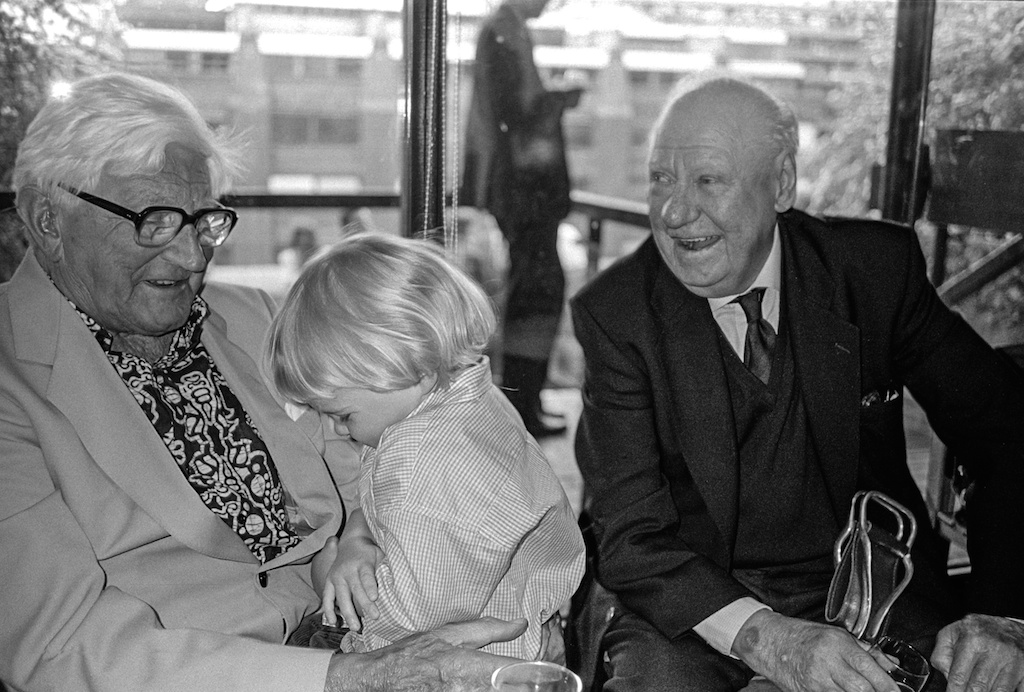GEORGE RODGER
1908 - 1995
George Rodger was born in Hale, Cheshire in 1908 and spent his childhood in Cheshire and in Scotland.
He attended St. Bee’s College, Cumbria but left early to join the British Merchant Navy, spending two years travelling the world.
At twenty, he went to America where he worked at various jobs during the depression.
Returning to England in 1936, he joined the BBC as a photographer.
At the outbreak of war he became a war correspondent for the American magazine LIFE, and for the next seven years his assignments took him to sixty-two countries where he covered over eighteen war campaigns. Some of his most notable photographs during the war included the London Blitz, West Africa with the Free French, the fall of Burma, the Sicilian and Salerno landings, the Battle of Monte Cassino, the D-Day Normandy landings, the Liberation of Paris, Brussels Holland and Denmark, the Surrender at Luneberg and the liberation of Belsen Concentration Camp.
George Rodger photographed by Henri Cartier-Bresson during the liberation of Paris, 1944 © Henri Cartier-Bresson
Known as “The quiet Englishman” because of his self-effacing demeanour, George Rodger described himself as a dreamer who took up photography to see what the world had to offer beyond his horizons. This exploration would take him into desert, jungle, war and many parts of the world. And in 1947 he would join Robert Capa, Henri Cartier-Bresson and David (Chim) Seymour in establishing the renowned photographic agency Magnum Photos.
His main work concerned the vanishing tribes and wildlife of Africa and the documentation of ethnic people in remote areas. He also travelled extensively throughout the Far East, India and the Middle East, writing and illustrating articles for magazines in Europe and America.
"When I could look at the horror of Belsen – and think only of a nice photographic composition I knew something had happened to me, and it had to stop"
In 1959, George Rodger and his wife settled in the small village of Smarden, in Kent, where he wrote and illustrated for magazines but still continued his travels, mainly to Africa which, with his camera, was his favourite hunting ground.
"I may juggle the composition, as the strength of a picture is in the composition. Or I may play with the light. But I never interfere with the subject. The subject has to fall into place on its own and, if I don't like it, I don't have to print it"
Rare footage of Nuba bracelet fighting and Latuka Rainmakers filmed in 16mm by George Rodger while on assignment in Kordofan, Southern Sudan in 1949. Includes original soundtrack.
He died at his home in Kent in 1995. His archives remain under the care of his wife Jinx and his son Jon. Magnum Photos continue to distribute his work from their four offices in Paris, New York, London and Tokyo.
"You must feel an affinity for what you are photographing. You must be part of it, and yet remain sufficiently detached to see it objectively. Like watching from the audience a play you already know by heart"
George Rodger and Bert Hardy with George's Grandson, George. Barbican Exhibition, London 1995. Photo by Jon Rodger
This is the official George Rodger website
designed and researched by Jon Rodger on behalf of the George Rodger Archives.
With thanks to Jinx Rodger
All photographs copyright ©2025 George Rodger except where stated




